In October 2024, the Singapore government unveiled a series of transformative housing plans that are set to profoundly reshape the city-state’s landscape. From launching new estates in northern Singapore to revitalizing long-standing areas with rich heritage, the goal is clear: create more homes, enhance accessibility, and build stronger communities.
For many Singaporeans, understanding these changes can help in making informed decisions about future home purchases or investments. Whether you’re a prospective homeowner, a property investor, or just curious about what’s in store, this guide breaks down the essential changes and new developments that could impact you.
Overview of Housing Transformations
The recent announcements focused on creating a significant supply of affordable homes and upgrading key regions. The changes were prompted by increased demand for public and private housing, especially in mature estates and near transport hubs. The government’s plans tackle long-standing housing challenges, such as balancing affordability with accessibility, preserving cultural heritage, and fostering community bonds in growing neighbourhoods.
Major New Developments
Sembawang North and Woodlands North Coast: Expanding the North
The two new housing estates in Sembawang and Woodlands North Coast aim to inject vibrancy into Singapore’s northern region. The government’s strategic focus on the north reflects efforts to decentralise development, spreading out key amenities and job opportunities beyond the central area.
Sembawang North
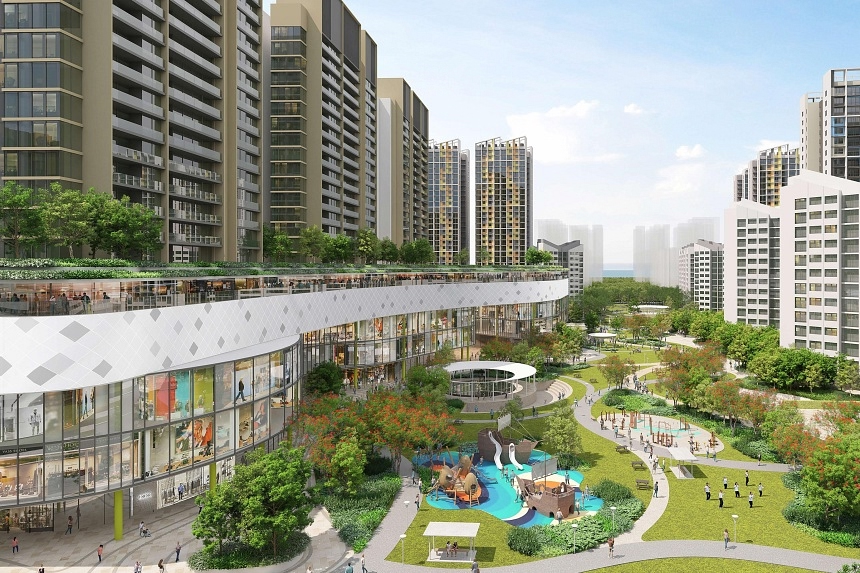
A neighbourhood centre will be built at the heart of the new Sembawang North estate. Photo by HDB.
Spanning 53 hectares, Sembawang North is expected to yield 10,000 homes, comprising around 8,000 BTO flats and 2,000 private residences. This estate’s design is set to draw from Sembawang’s maritime heritage, with nautical-themed elements embedded in public spaces, street furniture, and even play areas.
But the area’s appeal doesn’t rest solely on aesthetics. Residents will benefit from a network of cycling paths, pedestrian walkways, and green spaces that connect neighbourhoods seamlessly. The centrepiece will be a community hub housing sports facilities, healthcare centres, and recreational amenities.
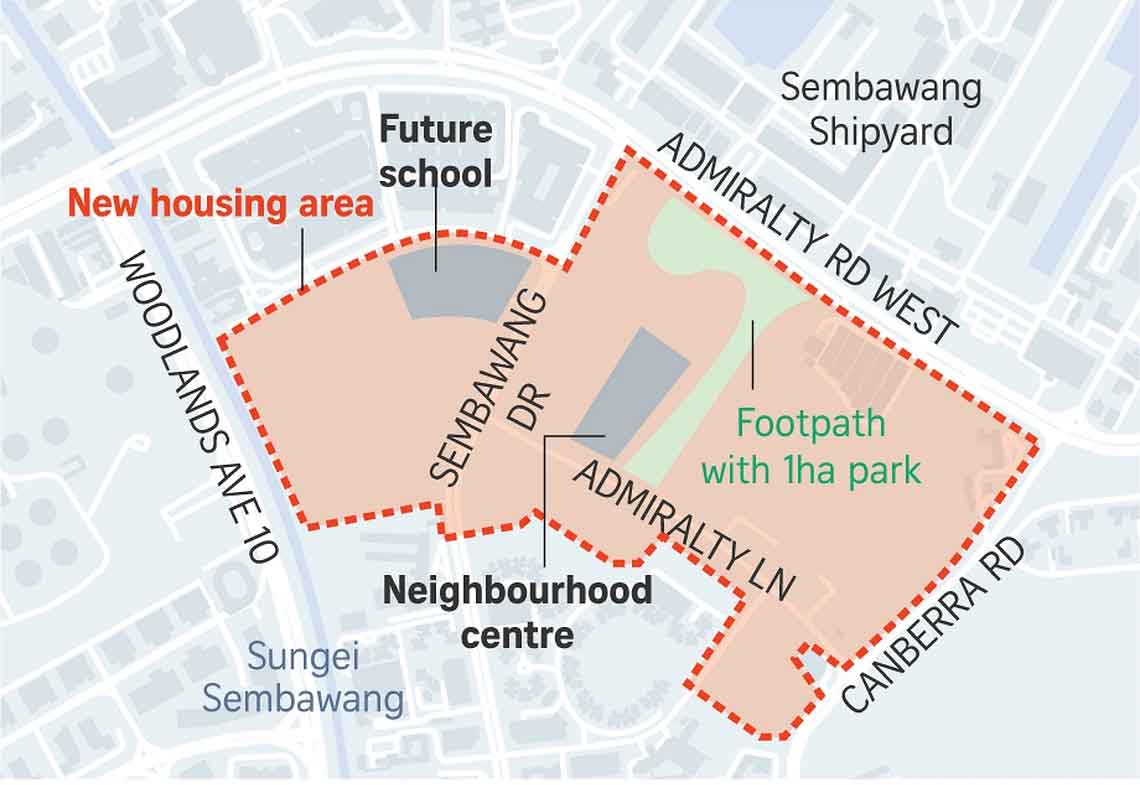
Image: New housing area in Sembawang North. Photo by HDB.
Woodlands North Coast
Woodlands North Coast is set to become a waterfront development with mixed-use features. With around 4,000 flats, this estate will boast picturesque views of Admiralty Park and Woodlands Waterfront Park. Given its proximity to the upcoming Johor Bahru-Singapore Rapid Transit System (RTS) Link, which is due to open in 2026, Woodlands North Coast will offer excellent connectivity for both work and play.
These projects underscore the government’s commitment to expanding affordable housing in the north while preserving regional heritage and enhancing accessibility.
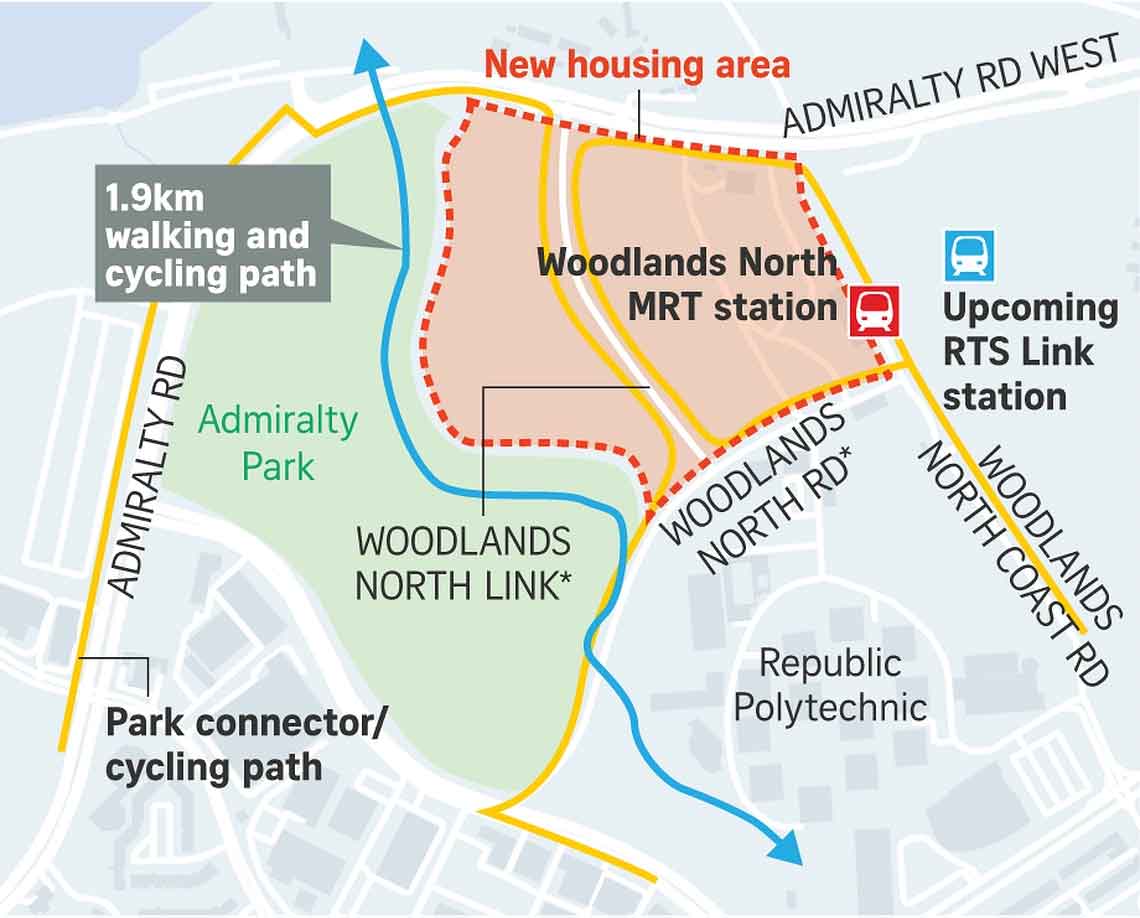
Bukit Timah Turf City: Breathing New Life into Central Singapore
The Bukit Timah Turf City redevelopment marks a return of public housing to a prime area that hasn’t seen new HDB flats in around 40 years. Close to the Sixth Avenue MRT station, the two parcels of land here could yield up to 700 homes. The site, previously a racecourse, is slated to be a car-lite, pedestrian-friendly neighborhood.
This redevelopment not only aims to support immediate housing demand but also to create a space where residents can enjoy the serenity of a low-rise estate combined with modern conveniences. With plans for parks and commercial spaces, residents will have access to a variety of amenities within walking distance.
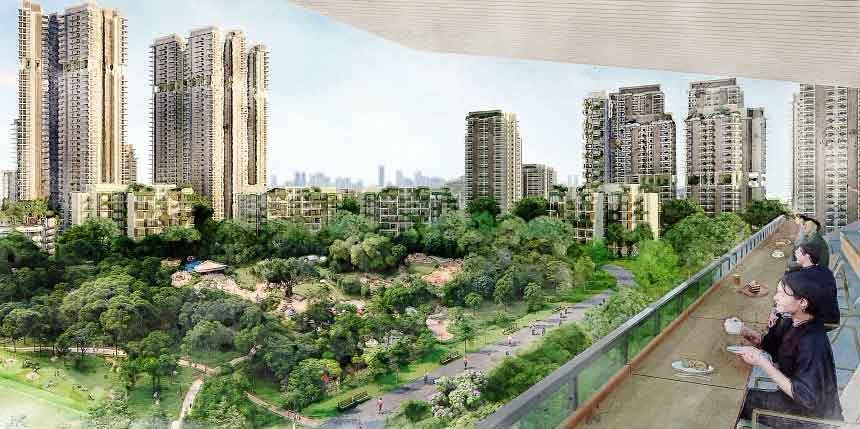
Marine Parade and Dorset Road: Maximizing Prime Land
The government’s efforts to meet near-term housing demands extend to central locations like Marine Parade and Dorset Road. Both areas are strategically located near key transport nodes, making them highly attractive.
At Marine Parade, homes near the newly completed Tanjong Katong MRT station will offer scenic sea views. Meanwhile, the redevelopment at Dorset Road aims to create around 300 flats in a location with excellent access to public transport, further enhancing the city’s connectivity.
Key Changes to Housing Models
New Flat Classifications Explained
One of the most notable changes in October 2024 is the introduction of a new flat classification system: Standard, Plus, and Prime. This new model categorises flats based on location and proximity to the city center or transport hubs. Let’s break it down:
- Standard Flats: These are located in non-mature estates and have fewer resale restrictions, making them more flexible for future buyers.
- Plus Flats: These are often closer to amenities and public transport but have a longer minimum occupation period and certain resale restrictions to curb speculation.
- Prime Flats: Located in highly desirable areas close to the city center, these flats have the most restrictions, including a 10-year minimum occupation period and a subsidy clawback upon resale.
This tiered approach aims to provide prospective buyers more transparency and predictability when purchasing a flat, balancing the desire for central locations with the need to maintain affordability.
Connecting the North: Johor Bahru-Singapore Rapid Transit System Link
One of the major connectivity upgrades is the upcoming RTS Link between Johor Bahru and Singapore. Scheduled to open by the end of 2026, the RTS Link will make cross-border commuting more efficient, boosting economic and social ties between the two cities. Residents at Woodlands North Coast will be particularly well-positioned to benefit from this, with better access to jobs and opportunities in both Singapore and Johor Bahru.
Integrating the RTS Link with the Thomson-East Coast Line’s Woodlands North MRT station will also ensure that residents have smooth access to other parts of Singapore, making the estate a promising choice for those seeking connectivity and convenience.
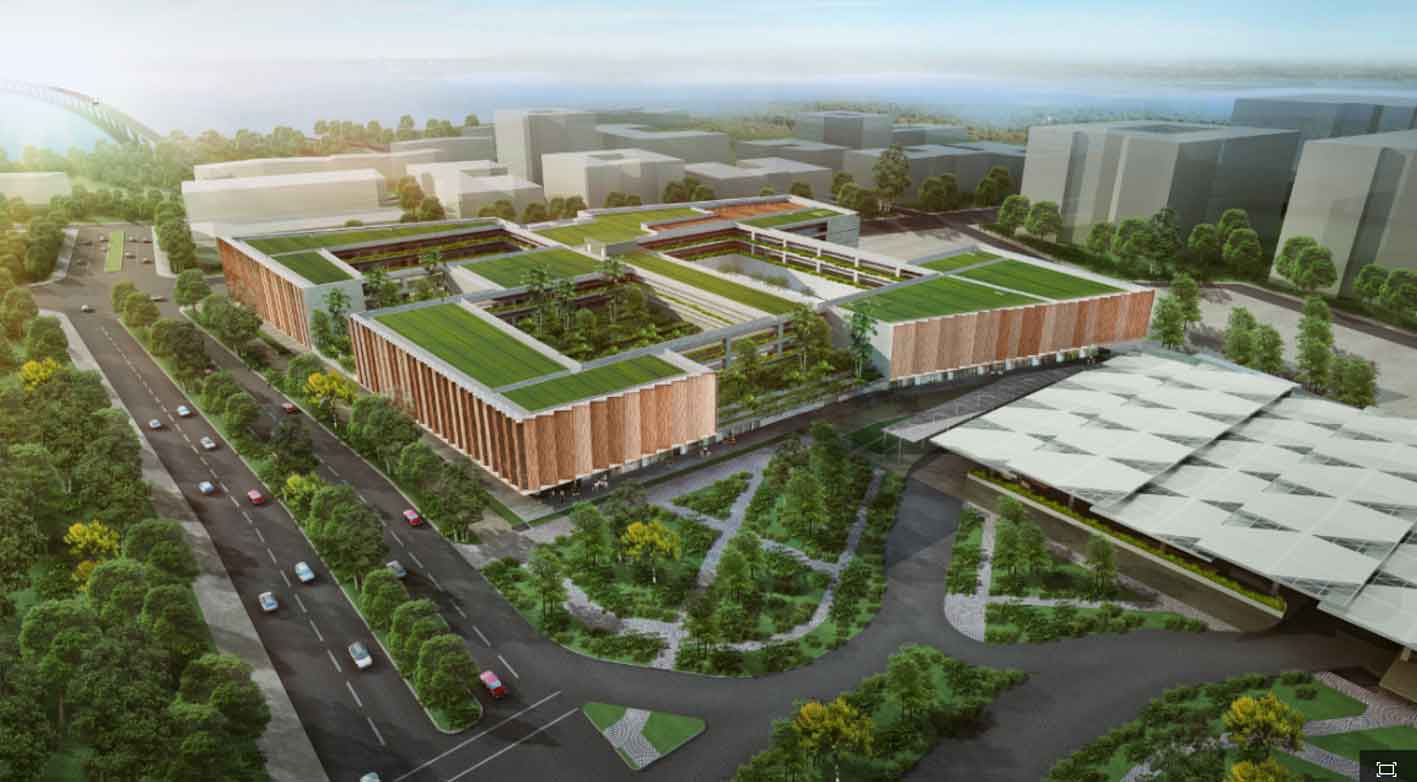
Johor Bahru – Singapore Rapid Transit System Link. Photo by LTA.
Design Innovations and Green Living
Rivervale Shores and Sembawang Shipyard Integration: Blending Design with Nature and History
The Rivervale Shores project in Sengkang offers a glimpse into Singapore’s future housing aspirations. It combines urban living with nature through eco-themed gardens inspired by the area’s rich biodiversity. Residents enjoy car-free common areas and extensive green connections to nearby park connectors.
Meanwhile, the redevelopment of Sembawang North goes beyond just offering homes; it’s an homage to the area’s maritime past. The upcoming relocation of Sembawang Shipyard to Tuas opens up new possibilities for waterfront living. Planners intend to draw from the shipyard’s history and integrate naval themes into the estate’s architecture and design elements, such as play areas, walking paths, and public gathering spaces.
Revitalising Central and Cultural Spaces
Public Housing in Bukit Timah: A Return to Inclusivity
The reintroduction of public housing in Bukit Timah after 40 years marks a bold move towards making central locations accessible to a broader demographic. Traditionally, Bukit Timah has been home to private estates, but this move aims to provide inclusivity and diversity. The proposed public housing units will offer residents proximity to major commercial hubs and amenities, creating a more balanced and inclusive community.
Transformation of Tanjong Katong Complex: Celebrating Heritage While Modernizing
The Tanjong Katong Complex (TKC) has long been a cultural icon, especially for the Malay community. The government’s plans to rejuvenate TKC include modernising its facilities while preserving its cultural essence. The revamped TKC will house Malay trades, entrepreneurial incubation spaces, and cultural events. By focusing on heritage preservation alongside modern infrastructure, the government aims to ensure that TKC remains a vibrant cultural and commercial hub.
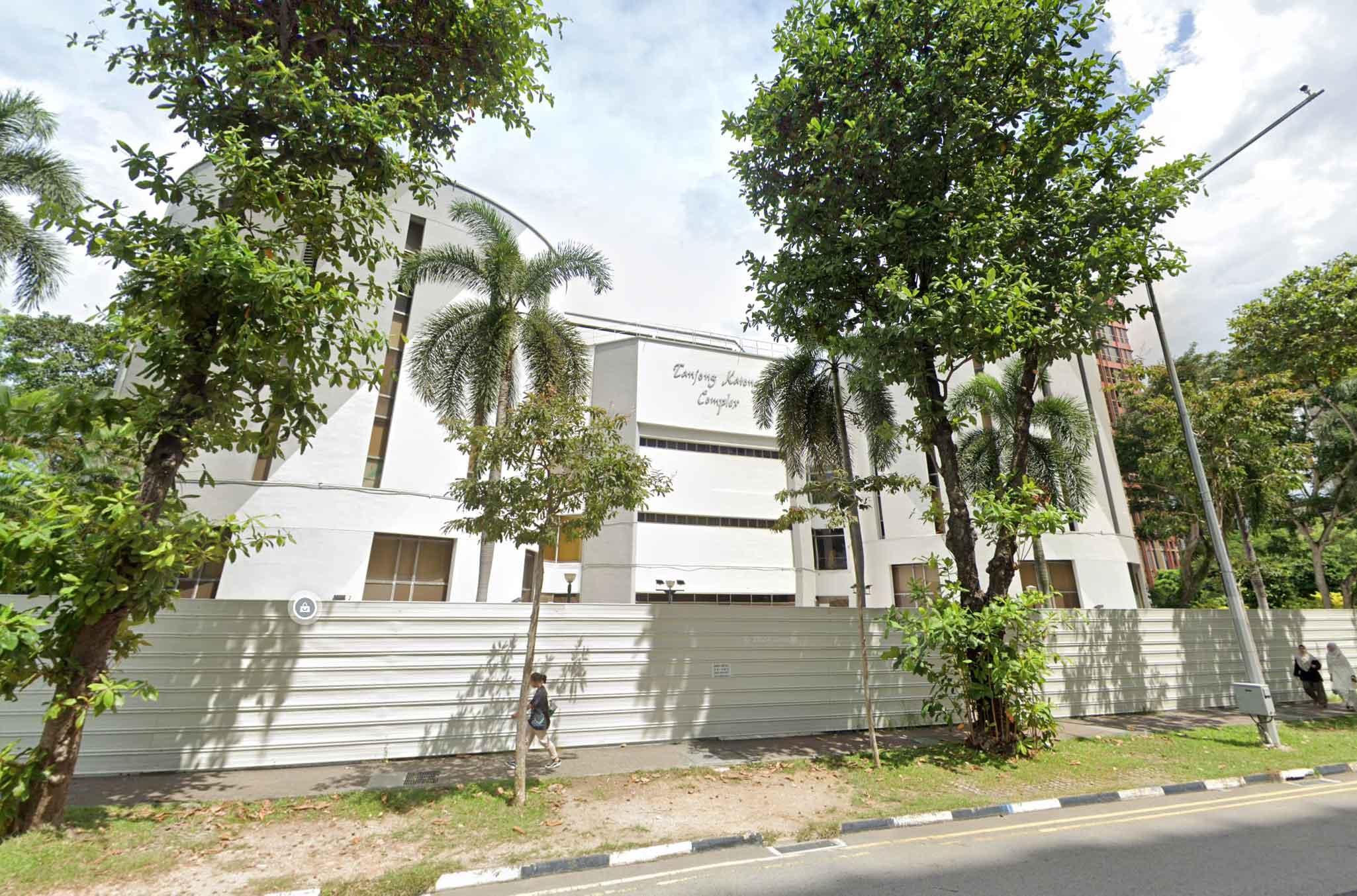
Key Considerations for Homebuyers
With all these changes and new projects, prospective homebuyers should keep a few key factors in mind:
- Location and Accessibility: New estates like Sembawang North and Woodlands North Coast offer improved connectivity and proximity to future transport links, making them attractive options for long-term residency.
- Flat Classification and Resale Conditions: Buyers should be aware of the resale restrictions associated with the new flat classifications. Prime flats, while in desirable locations, come with a longer minimum occupation period.
- Heritage and Community Integration: Estates like Bukit Timah and Sembawang are incorporating historical elements into their design. Buyers interested in areas with cultural and heritage significance might find these projects particularly appealing.
- Future Connectivity: With projects like the RTS Link, new estates in northern Singapore will benefit from increased accessibility. Potential buyers should factor in upcoming transport links when making decisions.
Conclusion
The housing transformations announced in October 2024 highlight Singapore’s vision for the future: an inclusive, connected, and sustainable city. The government’s strategic planning aims to create homes that are not only affordable but also rich in heritage, culture, and community spirit. From new estates in the north to revitalising cultural landmarks, these developments promise to offer residents better living environments, more choices, and enhanced accessibility.
These changes aren’t just about increasing housing supply—they reflect a broader approach to building a more balanced and integrated society. As Singapore continues to evolve, these thoughtful, forward-looking transformations will help create vibrant communities where residents can thrive and connect.
Whether you’re a potential homebuyer, an investor, or just a curious reader, staying informed about these changes is crucial. Keep an eye on these projects as they develop, and consider how they might impact your choices and lifestyle in the coming years.
🚀 Stay Ahead in the Property Market!
Be the first to receive exclusive updates, launch reviews, insider deals, and real-time alerts — directly on your preferred app.
👉 Join our community now:
🌐 Spread Knowledge. Share with Others.
Click any of the icons below to share this content with those who may benefit from it.

